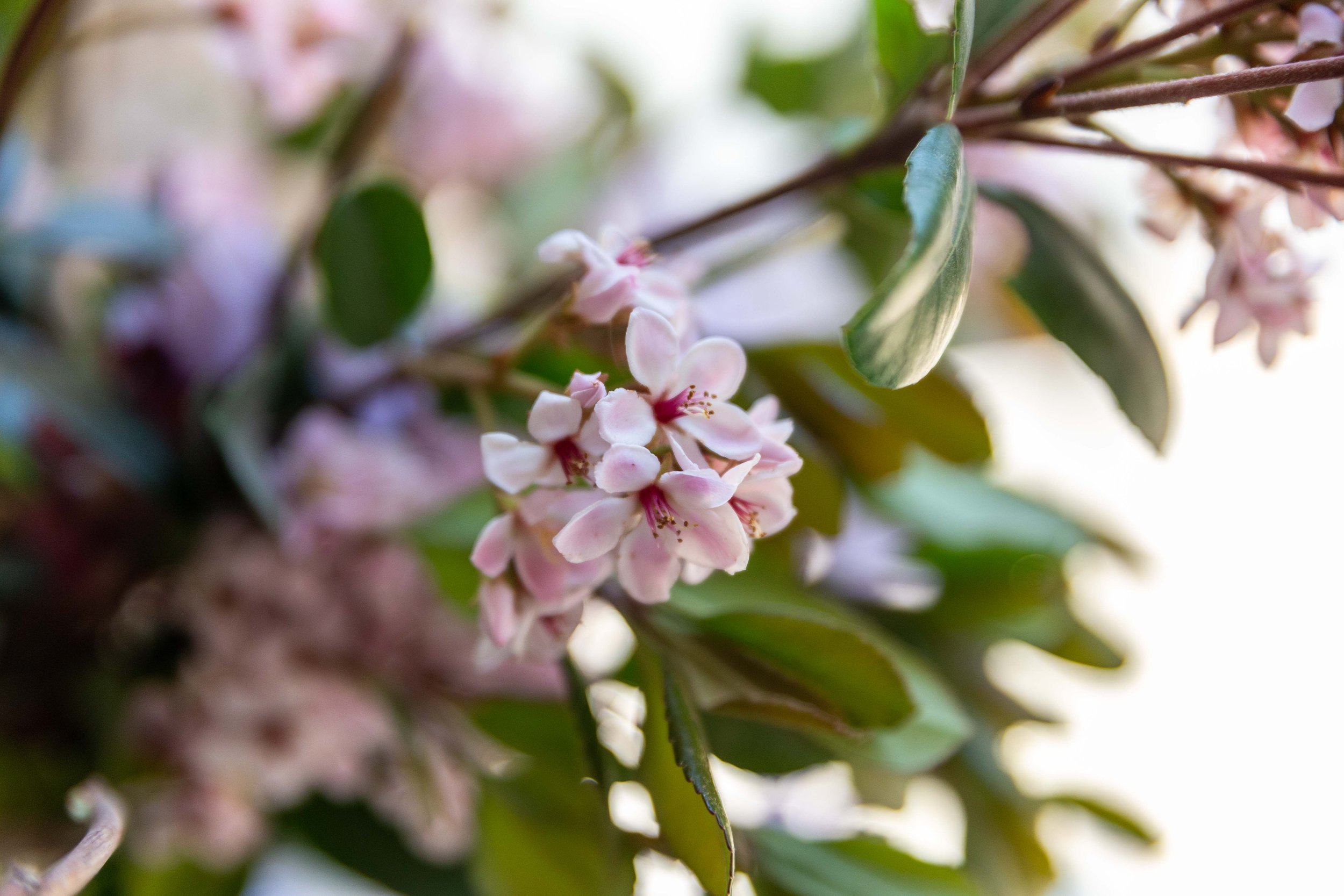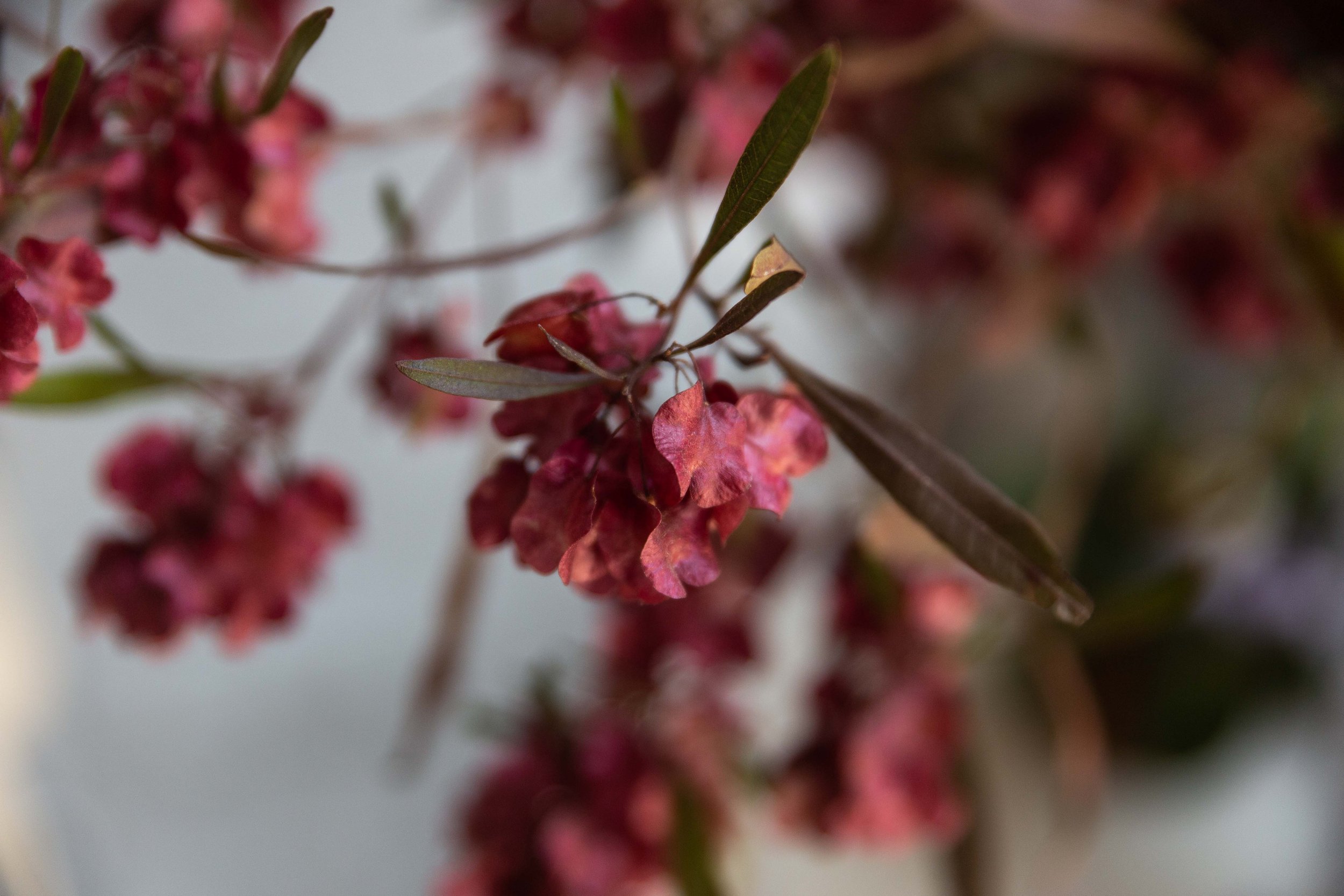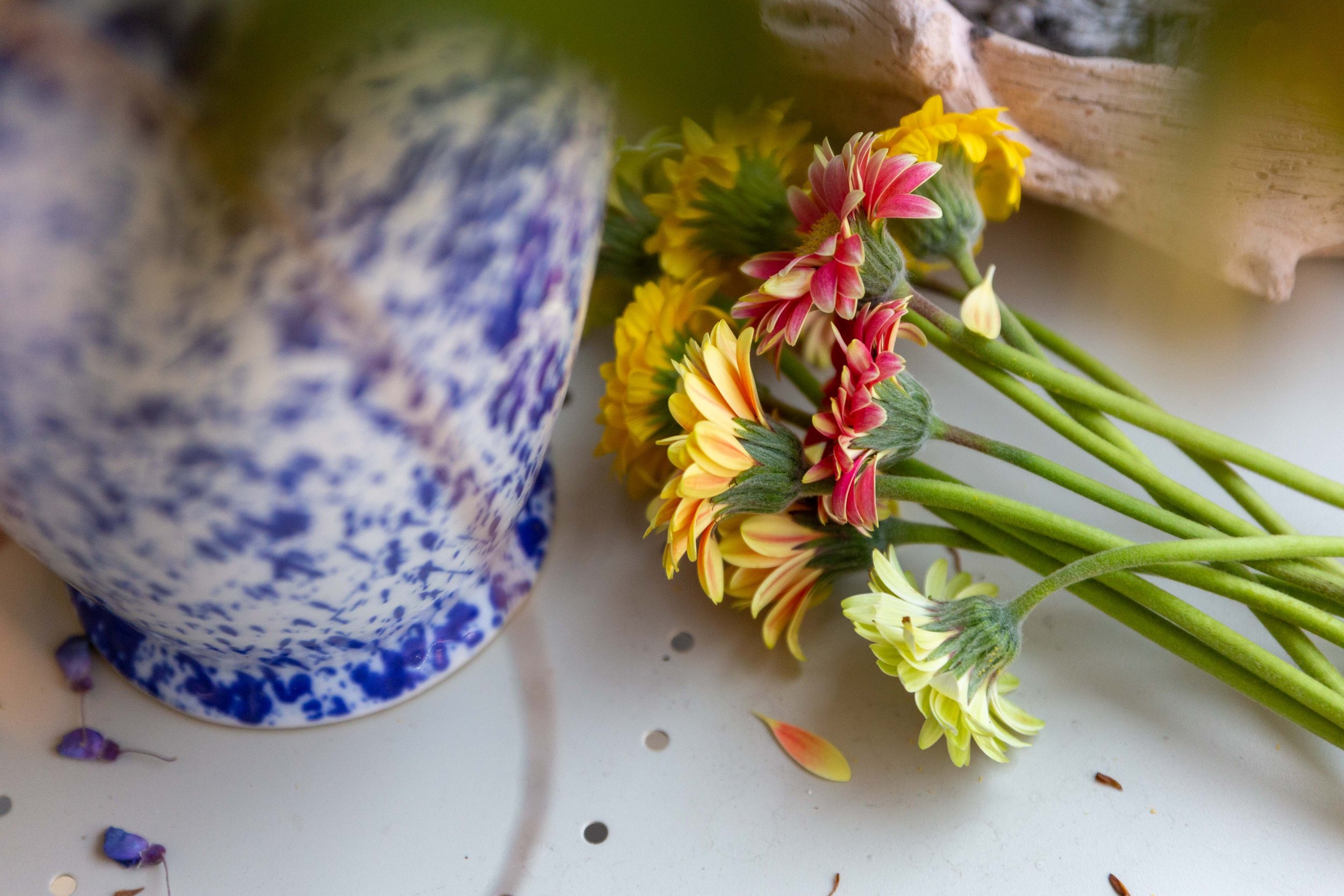The Blooming Beauty: Benefits of Dyeing with Flowers and Natural Dyes
In a world where sustainability and eco-conscious choices are gaining prominence, the art of dyeing with flowers and natural dyes is experiencing a well-deserved resurgence. This age-old practice, steeped in tradition and Mother Nature's palette, offers a host of benefits that extend far beyond aesthetics. Let's explore the enchanting world of botanical dyes and their advantages.
Environmentally Friendly: Unlike synthetic dyes that often contain harmful chemicals and heavy metals, natural dyes derived from flowers and plants are gentle on the environment. They biodegrade more easily and pose minimal risk to aquatic ecosystems when washed away during the dyeing process.
Non-Toxic: For those who wear or work with dyed fabrics, the absence of toxic chemicals in natural dyes is a blessing. Skin irritation and allergies are less common, making natural-dyed textiles a safer choice for both producers and consumers.
Healthier for Artisans: Traditional dyeing communities benefit from working with natural dyes as they avoid exposure to hazardous substances. This not only preserves the health and well-being of artisans but also strengthens the cultural heritage of these communities.
Unique Aesthetic: Natural dyes create a distinct and unique color palette that cannot be replicated by synthetic counterparts. Each batch of natural dye varies slightly, giving textiles a one-of-a-kind charm that appeals to those seeking authenticity and individuality.
Connection to Nature: Working with flowers and natural dyes fosters a deeper connection to the natural world. It encourages an appreciation for the flora around us and promotes sustainable harvesting practices that protect plant species.
Low Carbon Footprint: The production of synthetic dyes is energy-intensive and generates significant carbon emissions. In contrast, dyeing with flowers and plants often requires less energy and contributes to a smaller carbon footprint, aligning with the goals of reducing greenhouse gas emissions.
Supporting Sustainable Agriculture: Many plants used for natural dyes are grown as crops, supporting sustainable agriculture. The cultivation of dye plants often involves fewer pesticides and synthetic fertilizers, contributing to a healthier ecosystem.
Long-Lasting Colors: While some may argue that natural dyes are less vibrant or fade faster, with proper care, they can produce colors that stand the test of time. Additionally, the subtle fading of natural dyes can add character and charm to textiles over the years.
Versatility: Natural dyes can be used on various materials, including textiles, paper, and even wood. This versatility makes them a go-to choice for artisans and creatives looking to explore different mediums.
Encouraging Sustainable Fashion: As the fashion industry increasingly embraces sustainable practices, natural dyes are becoming a symbol of ethical and eco-friendly fashion. They align with the growing demand for environmentally conscious products.
In conclusion, dyeing with flowers and natural dyes transcends mere aesthetics; it represents a commitment to sustainable living and a harmonious relationship with the natural world. By choosing these dyes, we not only create beautiful and unique pieces but also contribute to a greener, healthier planet and support the livelihoods of artisans worldwide. So, the next time you seek to add color to your life, consider the blooming beauty of natural dyes – a choice that benefits us all.
You are welcome to connect for any custom pieces you wish to make directly to POISE Studios


